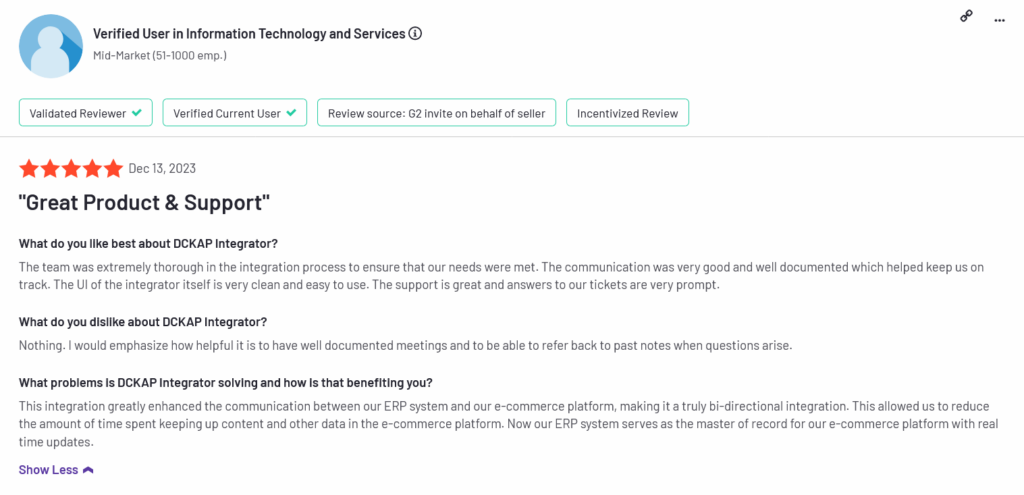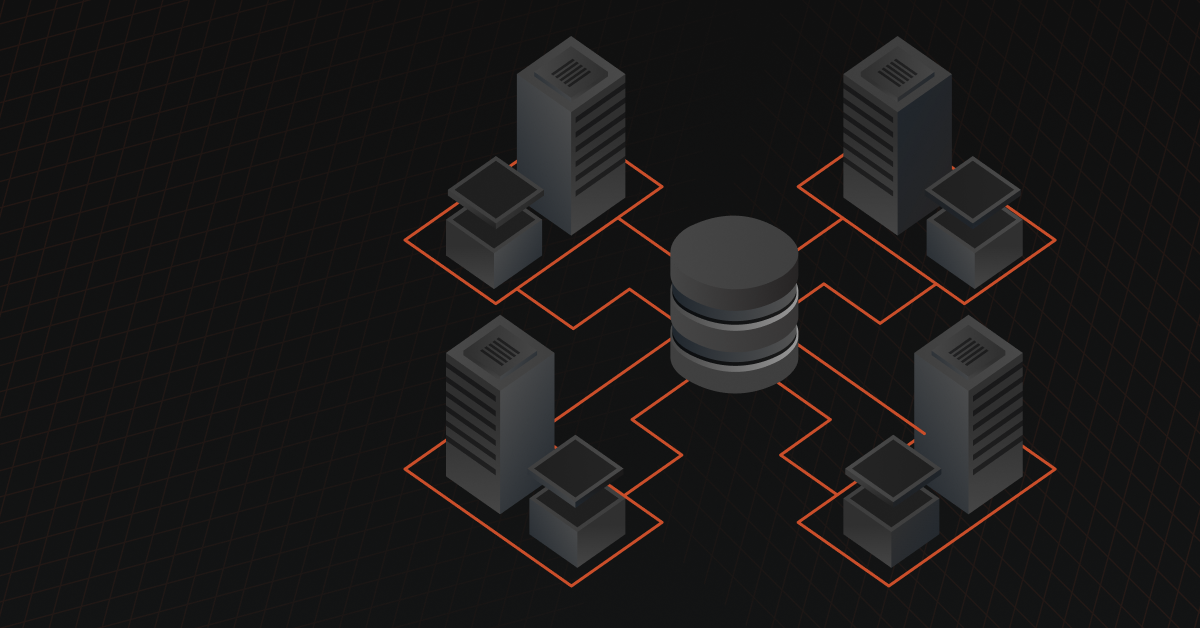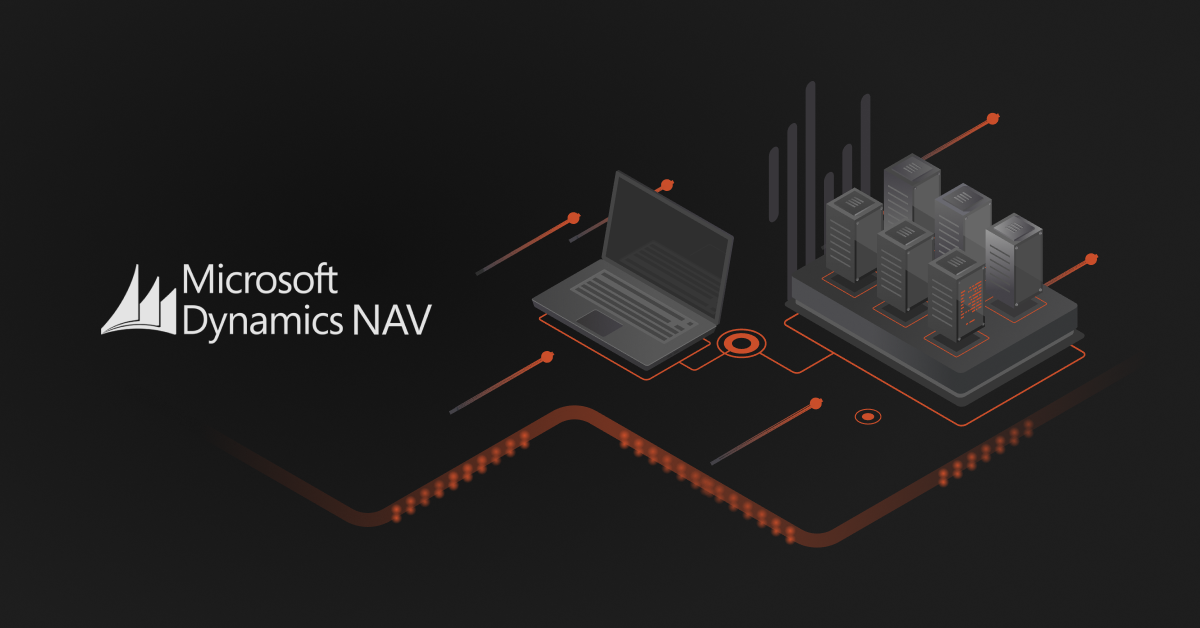Data Integration Services (DIS) enable businesses and organizations to seamlessly combine data from various sources, creating a comprehensive and unified view. DIS encompasses a range of procedures and tools that facilitate this process. This helps provide valuable and relevant information for a variety of corporate objectives.
Organizations must have a centralized source of information. This can help them implement business intelligence for data integration and machine learning data driven initiatives. There are various platforms available to help organizations on this path. Some of the tools are DCKAP Integrator, AWS Glue, SAP Data Services, etc.
Types of Data Integration Services
1. Extract, Transform, Load (ETL):
This traditional workhorse is a multi-step process:
Extract:
The process of ETL involves extracting data from different sources, like databases, applications, files, or APIs. The process involves identifying and retrieving the required data for analysis or reporting.
Transform:
The data goes through several transformation processes after extraction. This makes sure the data is clean, filtered, aggregated, or otherwise manipulated to fit the needs of the destination system or data warehouse.
Transformations can involve various tasks such as cleaning data, removing duplicates, combining data sets, or conducting calculations.
Load:
At long last, users can conveniently access and analyze the converted data in the desired system, such as a data warehouse or database. The loading process efficiently organizes and structures the data to enable seamless querying and reporting.
ETL integration services make use of a range of tools and platforms that are specifically created to enhance the ETL process. This service is highly effective in managing data extraction, transformation, and loading tasks. It offers a wide range of valuable features, including data mapping, workflow orchestration, and scheduling capabilities.
Several ETL tools provide user-friendly graphical interfaces that are simple to navigate and understand. This streamlines the process for data engineers to create and manage ETL workflows and data pipelines.
| Similar to ETL, ELT (Extract, Load, Transform) extracts data from various sources. ELT takes a different approach by loading the extracted data directly into the target system without going through extensive transformations beforehand. The accelerates the process of storing the data. It then transforms the data by performing transformations such as data cleansing, enrichment, or aggregation using SQL queries, scripts, or other processing mechanisms. |
2. Application Integration
APIs allow for the smooth integration of different applications, enabling them to work together by exchanging and synchronizing data. The application integration should guarantee consistency across the data sets.
In addition, these different applications typically have distinct APIs for exchanging data. Therefore, SaaS application automation tools can assist you in efficiently creating and managing native API integrations on a large scale.
The DCKAP Integrator provides a range of features that enable seamless integration with APIs.
3. Data Virtualization
With data virtualization, organizations may easily access and change data from several sources without moving it. It provides a visual view of data from databases, applications, and systems. Imagine it as a layer that simplifies these data sources for real-time querying and analysis.
Integrating data through data virtualization improves an organization’s data agility. It simplifies ETL operations, making it useful for various organizations.
Key Features of Data Integration Services
When it comes to DIS, there are a few key features that stand out:
Support for Big Data
Every day, a significant amount of data is generated in all formats. Structured, semi-structured, and unstructured data are all included in this. DIS should have the ability to handle and process large volumes of data.
Efficient Data Integration Process
Streamlining the data integration process is crucial for optimal efficiency. The system should be able to import data from different data sources. Organizations need to have the capability to convert the collected data and direct it into specific systems or repositories.
Scalability
The ability to process increasing amounts of data and handle corresponding processing demands is of the utmost importance. To accommodate expanding data volumes and evolving business requirements, DIS should scale smoothly.
Rapid Implementation
DIS can be deployed and implemented in just a few months. It enables organizations to rapidly experience the advantages of interconnected data.
Seamless SaaS Integration
For a successful integration of SaaS applications, it is crucial to have services that facilitate effortless connectivity and seamless data sharing between cloud-based solutions and on-premises systems.
Addressing Performance Issues
Effective performance monitoring and optimization tools enable effective data processing and delivery by identifying and addressing performance concerns.
Hybrid Model Support
DIS should offer hybrid deployment patterns to meet different infrastructure needs. It allows smooth integration across on-premises and cloud systems.
Handling Large Data Volumes
Robust capabilities allow DIS to efficiently manage and process enormous data volumes without affecting performance or scalability.
Challenges While Implementing Data Integration Services
Although data integration offers many benefits, there are still challenges to be faced. Here is a list of common challenges that can generally occur during the implementation of DIS:
Disparate data sources
For businesses, it is difficult to manage the data from multiple sources. Data today is stored in a variety of locations, from cloud storage solutions to on-premise databases, and even in legacy systems.
Establishing a smooth and seamless connection between various sources can pose a significant challenge, particularly for organizations dealing with large volumes of data. For more information, check out this blog post on data integration challenges: https://www.dckap.com/blog/data-integration-challenges/
Unstructured Data Integration
From social media posts and images to readings from various sensors, everything generates data in an unstructured format. And processing such unstructured data while doing integration becomes complex.
Since managing these formats is tough, most traditional data integration tools fail or struggle. Processing such data requires skills and knowledge.
Traditional data integration tools often struggle to manage these formats effectively. It’s a fascinating and complex world of data out there, and navigating it requires both skill and knowledge.
Data Quality
For maintaining high quality, it is important that throughout the integration process data integrity is maintained. For effective analysis, it is crucial to make sure our data is accurate as well as reliable.
Performing data cleansing, validation, and transformation steps is necessary for this task.
Data Governance
For a smooth and uninterrupted data flow across different systems, it is crucial to establish a transparent data ownership structure, implement efficient access controls, and enforce robust security protocols.
It is crucial to adhere to data governance best practices to prevent data breaches and maintain compliance with regulations.
Choosing the Right Data Integration Platform
Finding the perfect data integration product that fits your budget as well as needs is difficult. There are various factors that you can consider while making such a choice. Some of the factors are its scalability to make sure it grows with your demanding data and how well it can handle real-time updates.
The most important one is to make sure it connects to all the data sources you use.
High Availability and Scalability
As mentioned above, your business will get more and more data as it grows. The data integration platform you choose must scale at the same speed. This means that it should be a highly available tool with minimal to zero downtime.
Business User Interface:
An intuitive graphical user interface (GUI) is very important for boosting user acceptance. The integration platform should be user-friendly and accessible to a wide range of users. It should include both technical experts and non-technical individuals, like business analysts.
Integration with Existing Workflows
Every business has its own workflows and procedures. It is important to make sure that the DIS platform connects and works well with these different business units.
Scheduling and Monitoring
Batch data integration requires quick execution and effective error detection. Having adequate scheduling and monitoring is of supreme importance.
Maintaining Legacy Systems
Many organizations continue to depend on old, inefficient legacy systems. Integrating these systems with newer platforms can raise difficulties and require ongoing maintenance and support.
As multiple challenges exist, you need to implement practical solutions. This can be done by partnering with a third-party service provider like DCKAP Integrator. This can help you overcome such challenges by helping you with your needs and customized solutions that fit well with your needs.
DCKAP Integrator: Experts in Data Integration
The DCKAP Integrator provides a wide range of functionalities beyond data integration. We are here to be your dedicated partner, assisting you in turning your data landscape into a valuable asset. Here are the factors that distinguish us:
Expert Customization
Professional Consultation:
Our solutions are tailored to meet your specific demands. Our expert team focuses on your specific data challenges and business objectives with a consultative approach.
Customizable Integrations:
Our team specializes in crafting and executing tailored data integration solutions to fulfill your distinct needs. Our top priority is to guarantee the smooth and efficient flow of your data, ensuring a seamless experience for you.
Ongoing Support:
We are here to provide ongoing assistance and support at every stage. Our support team is here to help you with any questions or concerns you may have.

Seamless Integration
Seamless setup and management:
We have an expert team that will help you throughout the integration process. It starts with an initial consultation and goes through ongoing maintenance. Our services will make sure that the workload on your IT staff is reduced so that they can focus on more important tasks.
Extensive Connectivity:
Our platform seamlessly integrates with a wide range of data sources, allowing you to easily access all your valuable information. Here are some of the typical challenges encountered in data integration.
Efficient Workflows:
To make your workflows efficient, automated pipelines are used which reduces your manual data work. To ensure a uniform experience, our services are built carefully to increase your data flow.
Automated Efficiency
Cost Savings:
Streamline data integration processes to save your business valuable time and resources.
Enhanced Productivity:
Allow your IT resources to concentrate on more valuable tasks as DCKAP Integrator takes care of the intricate data integration challenges.
Instantaneous Insights:
Access data in real-time for swift analysis and faster decision-making.
Empowered Decisions
A unified view of your data
Gain a comprehensive understanding of your data by breaking down data silos and accessing information from all sources.
Enhanced data quality:
For precise reporting and analytics, our services ensure the integrity and reliability of your data.
Data-Driven Strategies:
You can gain the confidence to make informed decisions using reliable data insights. It allows your business to reach new heights.
Conclusion
In today’s evolving world, data management is crucial, and it requires intelligent solutions to process that data. DIS helps such organizations by seamlessly extracting this data from wide and diverse sources. It generates a comprehensive view of their data to help you make informed decisions.
Irrespective of which method is used to perform data extraction and loading, there will always be challenges because of the vast amount of data. These problems can be easily solved by finding existing solutions/tools like the DCKAP Integrator.
All you have to do is share your needs with them and they will create customized services for you. This will give you seamless integration and make sure your efficiency is automatic.
Such tools help you with their human-centric approach. It provides expert consultations and creates tailored integrations for you, including continuous support throughout the process. In this chaotic world, DIS helps your business effectively achieve the success you desire.
Contents




